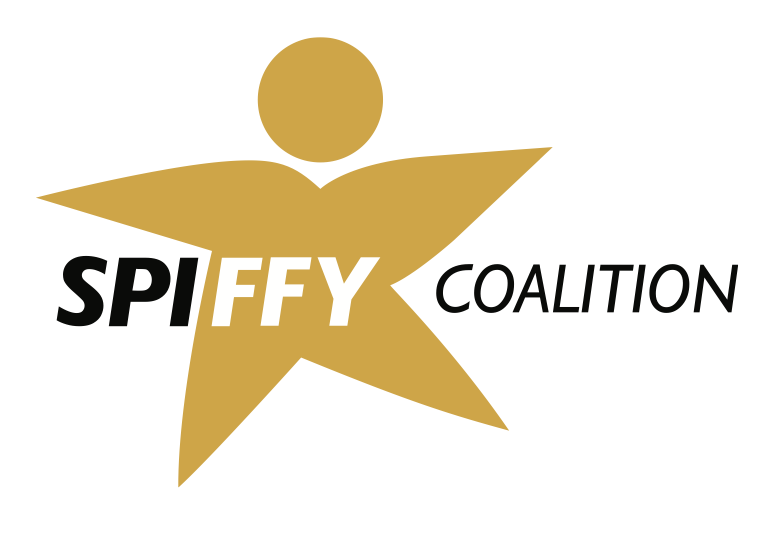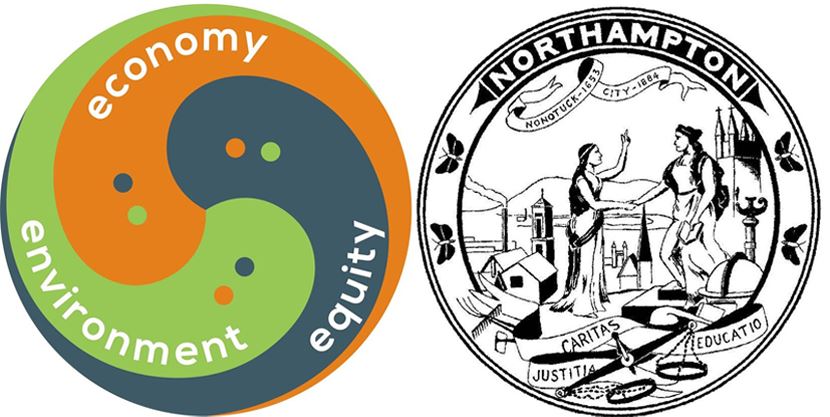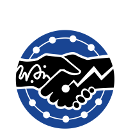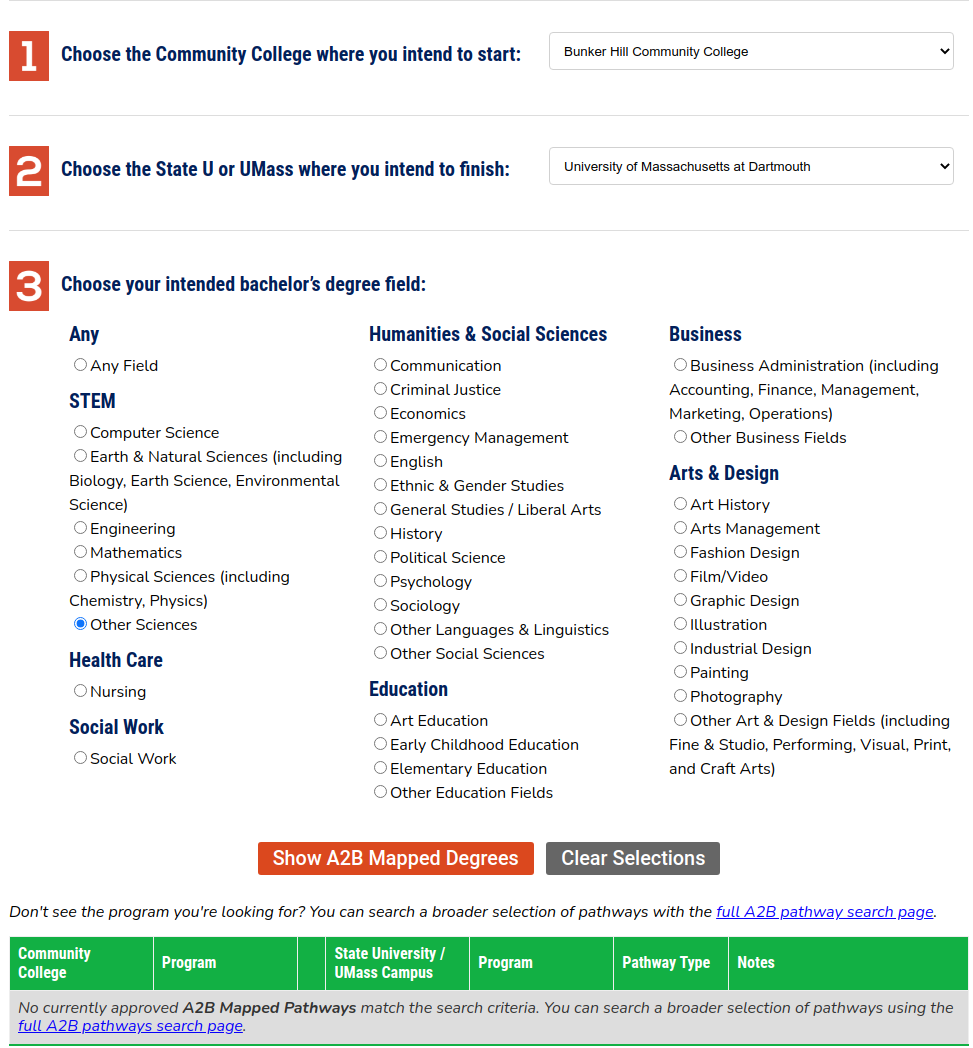Data Science Transfer Pathways
from Associate’s to Bachelor’s Programs
Benjamin S. Baumer (with Nicholas J. Horton)
Data and AI Meeting of RI Regional Academic Institutions
September 16, 2022
DSC-WAV
- Wrangle, Analyze, Visualize
The Data Science Corps WAV
DSC-WAV goals
- Workforce development for undergraduates
- focus on diversifying the workforce
- 74% student participants female or non-binary
- ~46% student participants non-white
- Building the pipeline
- Two-year college students to bachelor’s
- MTH 190 at HCC
Goal 1: Partners







Goal 1: Papers
- Horton et al. (2021), The Data Science Corps Wrangle-Analyze-Visualize program: building data acumen for undergraduate students
Harvard Data Science Review - Legacy et al. (2021), Facilitating Team-Based Data Science: Lessons Learned from the DSC-WAV Project
Special issue on “Data Science Education Research”
Foundations of Data Science
Goal 2
building data science programs at community colleges
constructing transfer pathways
Road map
- Motivate the importance of data science
- Familiarize institutional leadership with options
- Prepare faculty to teach data science
- Identify barriers to pursuing data science programs
- Share resources and best practices
- Explore next steps
Community Colleges
“the keystone for the nation’s plan to help more people earn a postsecondary credential.”
–Blumenstyk (2021)
- substantial fraction of undergraduate students
- only affordable game in town
- critical to develop an educated workforce
- more representative of the population
- need for flexible and innovative articulation (transfer)
NASEM (2018)

- definition of data acumen
- importance of community colleges
- cooperation with four-year institutions
2YCDS Summit (2019)

- Examples of successful CC data science programs
- What is different at community colleges?
- How can we support faculty development, curricular initiatives
Transfer pathways
Goal: A2B pathways on website
Mapped A2B pathways for data science
BHCC -> UMD?
mock-up!!HCC -> UMA?
Requirements
- Need a student-centered approach to foster success
- Need to support associate’s to workforce
- Need to support associate’s to transfer (today’s focus)
- What are the points of friction we need to smooth or eliminate?
Five points of curricular friction
- A first course in data science
- A second course in data science ()
- A course in scientific computing, data science workflow, and/or reproducible computing
- Lab sciences
- Communication, ethics, and application domain
1: A first course in data science
In order for data science transfer pathways to work, community colleges must offer a first course in data science.
“To prepare their graduates for this new data-driven era, academic institutions should encourage the development of a basic understanding of data science in all undergraduates.”
–NASEM (2018)
1: first course (status)
BHCC CIT-137 Intro BigData w/R & RStudio
Michael HarrisHCC MTH 190
Nic Schwabsubject of FacDev22 Workshop
safe prediction: more on the way…
1: first course (transfer targets)
UMass-Dartmouth DSC 101
Donghui Yan
UMass-Dartmouth Curriculum FlowchartWestfield CAIS 0105
??UMass-Amherst INFO 248
safe prediction: more on the way…
2: Second course in data science
Cultivating a rich facility in data science requires repeated exposure: a single course is not sufficient for students to develop mastery.
- BA programs will include a 2nd course in data science
- often taken during the sophomore year
- reinforce and extend fundamental skills
- data wrangling, data visualization, statistical modeling, and predictive analytics.
- UMass-Dartmouth DSC 201
David Koop
3: A course in scientific computing, data science workflow, and reproducible computing
A generic bachelor’s program in data science will include explicit instruction in how to advance science by computing with data in a reproducible, collaborative workflow.
- idiosyncratic
4: Lab science
Many of the existing STEM transfer options require two semesters of lab sciences as a component of their general education requirements.
- less germane for data science students?
- future data science infused lab course?
5: Communication, ethics, and application domains
Bachelor’s programs in data science include training in communication and ethics (what responsibilities to data scientists have to their users, customers, and society as a whole?, see Baumer et al, 2022).
- find ways to use or modify existing courses
Our paper
- Baumer and Horton (under review), Fostering and Simplifying Data Science Transfer Pathways in Massachusetts, Harvard Data Science Review
Thank you!




